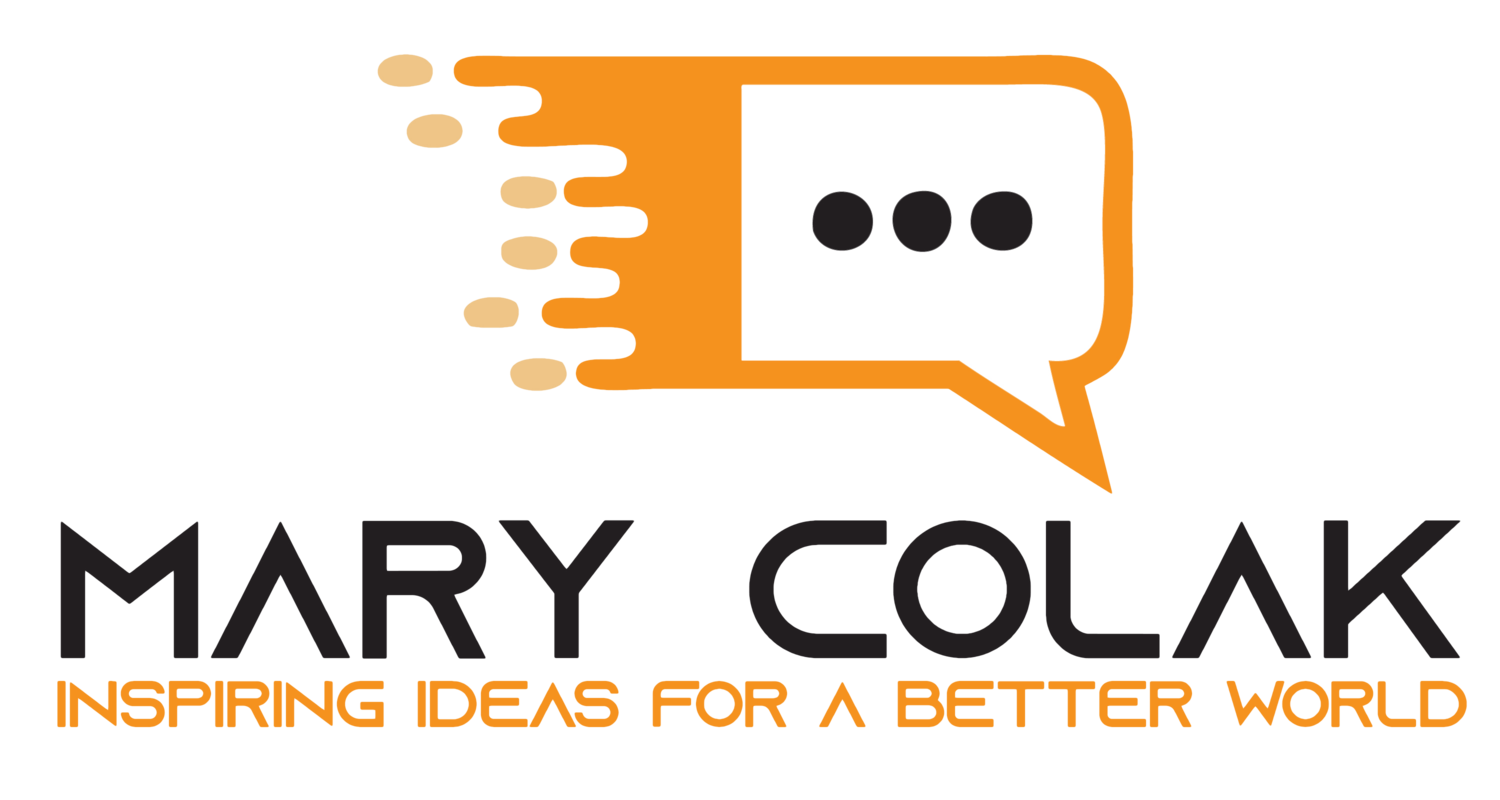blog.
The Productivity Mindset
When I first visited Croatia in the 1970s, I was struck by the negative attitudes of retail workers and their reluctance to provide assistance to customers. I remember entering one shop where I felt I wasn’t allowed to touch the merchandise, let alone ask for assistance. I quickly exited.
Good, Better, Best
Do you remember a time when you tried to do your very best on an exam or an assignment? What about preparing for a presentation at work? Or planning a meeting or delivering a seminar? What did it feel like? Do you remember how much effort you put in to do your very best? If you did your very best, there is a strong likelihood that you also got the best reward from your efforts. And you were happy with the results?
Almighty Surveys
If you’re like most executives (more than 80 percent), you rely on surveys to collect data about and from your customers. And there is a good chance that you use at least three to five data sources (including surveys) to get this information.
The Fast Track to Change
Here’s a hypothetical situation. Company A has been experiencing dropped calls in its customer service department. This has led to an increased number of customer complaints. To handle this, the customer service department’s overtime hours are going through the roof. As you can imagine, this is costing Company A a lot of money not only in overtime, but in lost customers. What should Company A do? There are two options. They can choose a traditional approach to problem solving or apply the Kaizen method.
The Power of Why
One of the best ways to get to root causes of problems lies in the question “why.” Why does it take 30 days to pay an invoice? Why does Finance require five signatures on the cheque? Why is the Contracts Division involved in payment processing? Why? It is such a simple question, but it can generate powerful results.
How Can "Voice of the Customer" be Used to Improve Organizational Performance?
In Lean Six Sigma, a specific methodology is used to address improvements in an existing process. These improvements are based on “the voice of the customer.” In other words, the organization’s motivation for improving organizational performance is based on what the customer is telling the organization. This makes sense since the organization’s sole purpose is to serve its customers. Without customers, the organization fails to exist.
Managing Overnight Success
I recently worked with a client organization that became successful, seemingly overnight. Their dilemma was about how to manage their instant success and continue down a road of high efficiency and productivity.
While instant success is a dilemma that many organizations would love to experience, one of the things that struck me about my client was that they recognized very early the need for effective systems for continuous improvement. This recognition alone speaks volumes about how they will continue to be successful.
Did You Find Everything You Were Looking For?
Is there such a thing as too much customer service? The more I ponder this question, the more I believe this to be true. Sometimes organizations may go “over the top” to please the customer, but in doing so, they create the opposite effect. Here’s an example.
